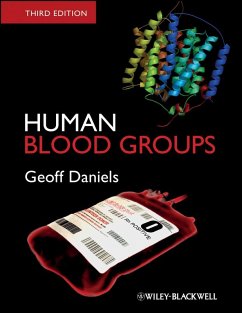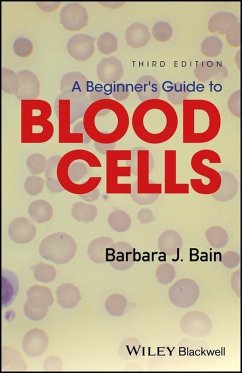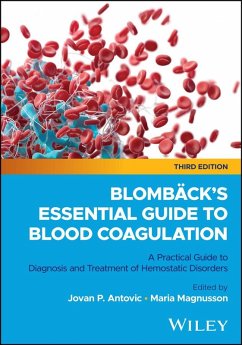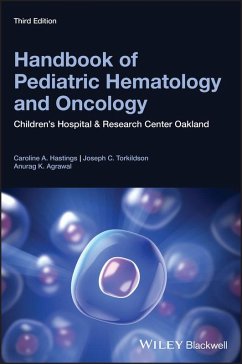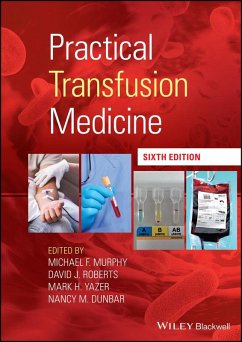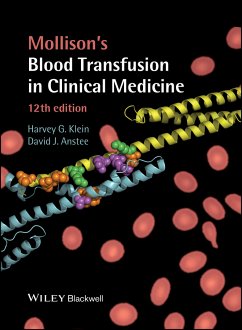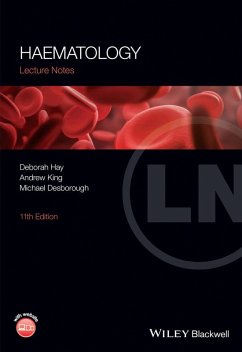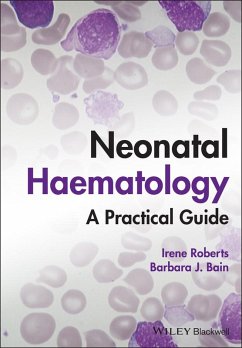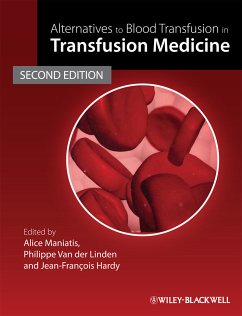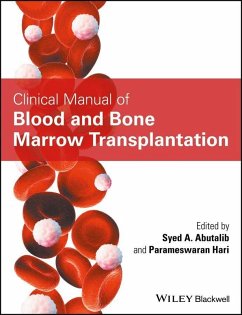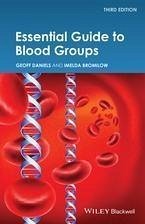
Essential Guide to Blood Groups (eBook, PDF)
Versandkostenfrei!
Sofort per Download lieferbar
39,99 €
inkl. MwSt.
Weitere Ausgaben:

PAYBACK Punkte
0 °P sammeln!
Essential Guide to Blood Groups is the only pocket sized guide to provide essential information on blood group systems. The main aim of the blood transfusion laboratory is to promote safe blood transfusion. The avoidance of errors, from sample receipt and laboratory testing through to the release of blood for transfusion, is of paramount importance. Knowledge of immunohaematology theory and its application to blood transfusion together with the principles of good laboratory practice are essential. This handbook helps to address these important issues and also covers: * the serology, inheritanc...
Essential Guide to Blood Groups is the only pocket sized guide to provide essential information on blood group systems. The main aim of the blood transfusion laboratory is to promote safe blood transfusion. The avoidance of errors, from sample receipt and laboratory testing through to the release of blood for transfusion, is of paramount importance. Knowledge of immunohaematology theory and its application to blood transfusion together with the principles of good laboratory practice are essential. This handbook helps to address these important issues and also covers: * the serology, inheritance, biochemistry, and molecular genetics of the most important blood group systems * their clinical importance * techniques used in blood grouping, troubleshooting, and quality assurance This unique and practical guide: * is written by leaders in the field, including the author of the best seller Human Blood Groups * provides the basic knowledge of blood groups needed by all those working in the important fields of transfusion medicine and science. * helps in resolving commonly encountered problems Essential Guide to Blood Groups will be valuable for undergraduate medical laboratory scientists and for postgraduate scientists and medical practitioners training to specialise in transfusion and transplantation. As a pocket edition, it will also be a useful addition to other reference works on blood groups for quick access to information for medical practitioners and in red cell immunohaematology laboratories.
Dieser Download kann aus rechtlichen Gründen nur mit Rechnungsadresse in D ausgeliefert werden.



